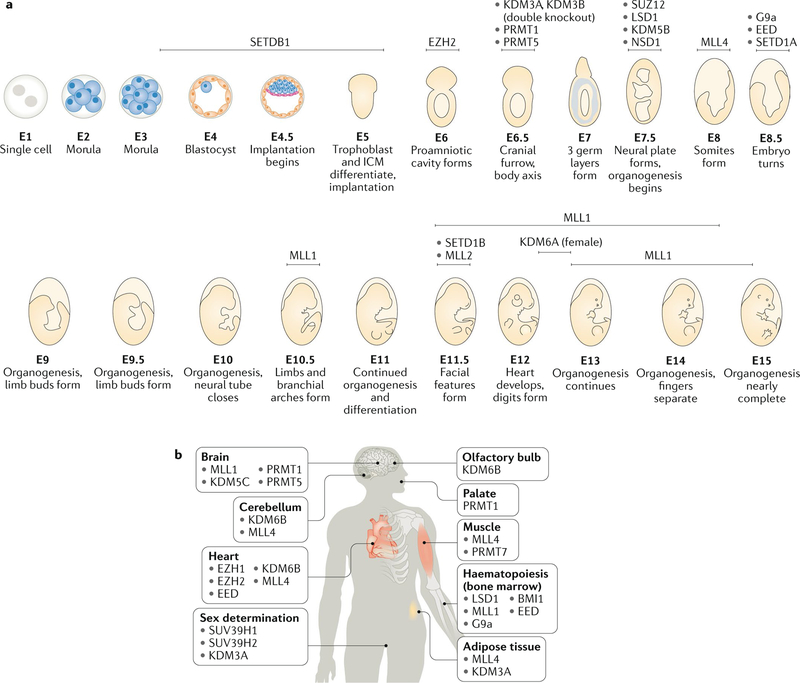Fig. 2 |. The importance of histone methylation regulators in mammalian development and organogenesis.
a | Mouse developmental stages at which null alleles of the indicated histone methylation regulators exhibit embryonic lethality. Loss of some histone methylation regulators causes very early lethality, before or during implantation (for example, SETDB1), whereas other regulators are required at later stages of organogenesis, with the majority exhibiting lethality between embryonic day 7 (E7) and E12. For some regulators (MLL1, SETDB1), lethality was observed at different stages, depending on the report, in which case all reports are shown. For references to the relevant reports, see Supplementary Table 1. b | Tissue-specific sites of action of histone methylation regulators, as revealed by conditional knockout analysis or by analysis of viable systemic knockouts in mice. Many regulators are essential for neurodevelopment and cardiac development, whereas others regulate myogenesis, adipogenesis and haematopoiesis. For references to the relevant reports, see Supplementary Table 2. ICM, inner cell mass.

